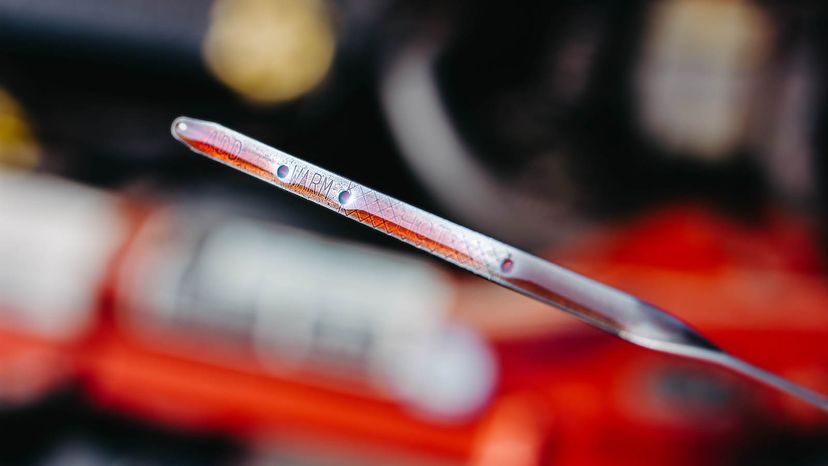
Most drivers know that they need to check their oil levels every once in a while and have the oil changed at regular intervals. But what about transmission fluid? Does it need the same level of care and maintenance?
The short answer is no, it does not. Most manufacturers only recommend having the transmission fluid changed if the engine is under "severe use." If you cruise around under normal conditions — not towing large things, or hauling heavy loads, or drag racing at the track every weekend — you probably never need to change your transmission fluid.
Advertisement
In fact, many modern cars have sealed units, meaning you can't check the transmission fluid even if you want to. The fluid level can only be checked and changed by having the car put on a lift in a garage.
But maybe you've been feeling like something is off with your car, like there's a hesitation when the gears shift up or down, even if it's an automatic transmission. Or maybe the engine makes noises when the transmission system shifts gears.
In that case, it's easy and free to check your transmission fluid level. If it's low, there might be leak in the transmission system somewhere, so you'll need to make an appointment with the mechanic.
Advertisement
